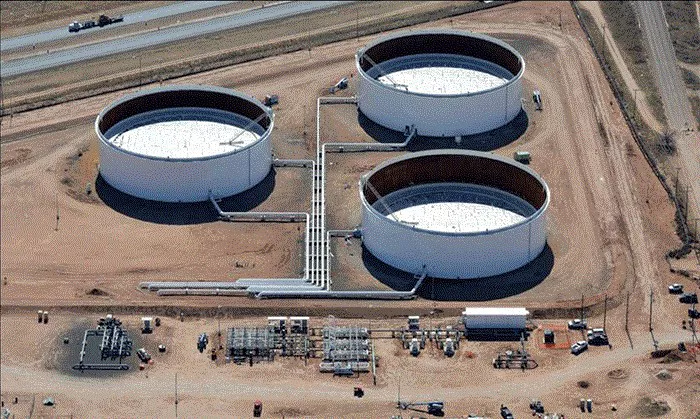The RMB exchange rate has shown remarkable resilience, particularly as it has strongly recaptured the 7.2 mark and “overtaken” the central parity rate. This resilience can be attributed to several key factors:
Economic Fundamentals and Policy Support:
China’s economic fundamentals remain strong, with a solid foundation supporting the RMB exchange rate. The People’s Bank of China (PBOC) has emphasized its commitment to maintaining the basic stability of the RMB exchange rate at a reasonable and balanced level. This includes implementing moderately loose monetary policies and enhancing support for the real economy.
Market Sentiment and Trading Dynamics:
The RMB exchange rate has been influenced by market sentiment and trading dynamics. As of May 28th, the USD/CNY exchange rate hovered around 7.195 in the onshore market and 7.188 in the offshore market, both of which have strongly recaptured the 7.2 mark. This trend is partly due to the weakening of the US dollar, driven by factors such as the US tariff policy and global economic uncertainties.
International Trade and Export Performance:
China’s strong export performance, particularly to the US, has bolstered the RMB. The expectation of continued high levels of exports and a trade surplus provides additional support to the RMB exchange rate. This is further reinforced by the diversification of China’s trade partners, reducing reliance on any single market.
Foreign Investment and Capital Flows:
Foreign investment in China’s financial markets has been on the rise, driven by the attractiveness of RMB assets. This influx of capital supports the RMB exchange rate by increasing demand for the currency. The PBOC’s measures to stabilize the offshore RMB market, such as issuing central bank bills in Hong Kong, have also helped.
Policy Measures and Market Management:
The PBOC has implemented various measures to stabilize the RMB exchange rate, including adjusting macro-prudential parameters and enhancing market management. These actions aim to prevent excessive fluctuations and maintain a stable exchange rate environment.
Expectations of US Dollar Depreciation:
Market expectations of US dollar depreciation due to factors such as the US tariff policy and global economic uncertainties have led to increased demand for the RMB. This has contributed to the RMB’s strength, as investors seek alternative assets perceived as more stable.
Conclusion
The resilience of the RMB exchange rate is a result of a combination of strong economic fundamentals, supportive policy measures, robust international trade performance, and favorable market sentiment. As China continues to navigate global economic uncertainties, the RMB’s stability remains a key focus for policymakers and market participants alike.
Related Topics:


































